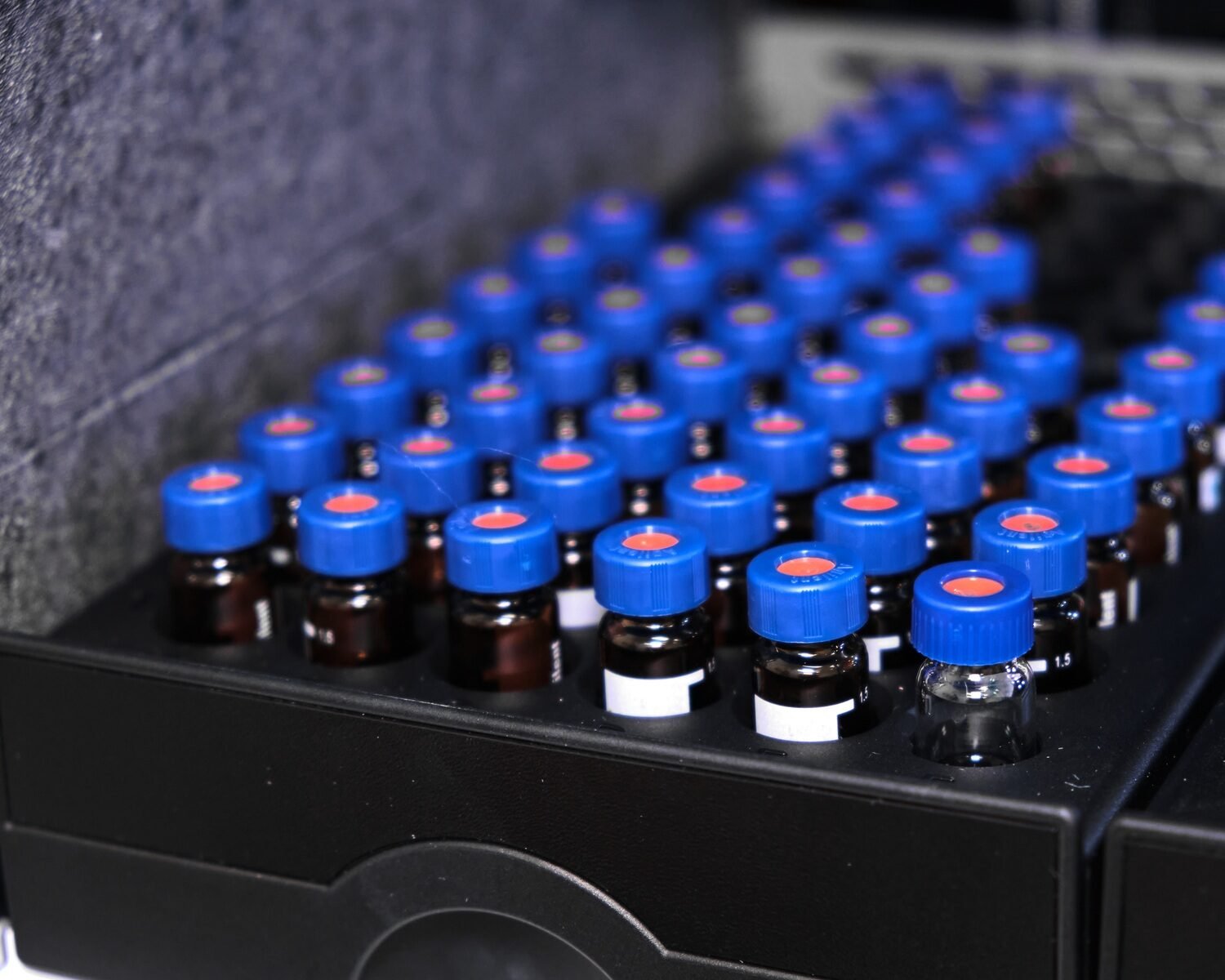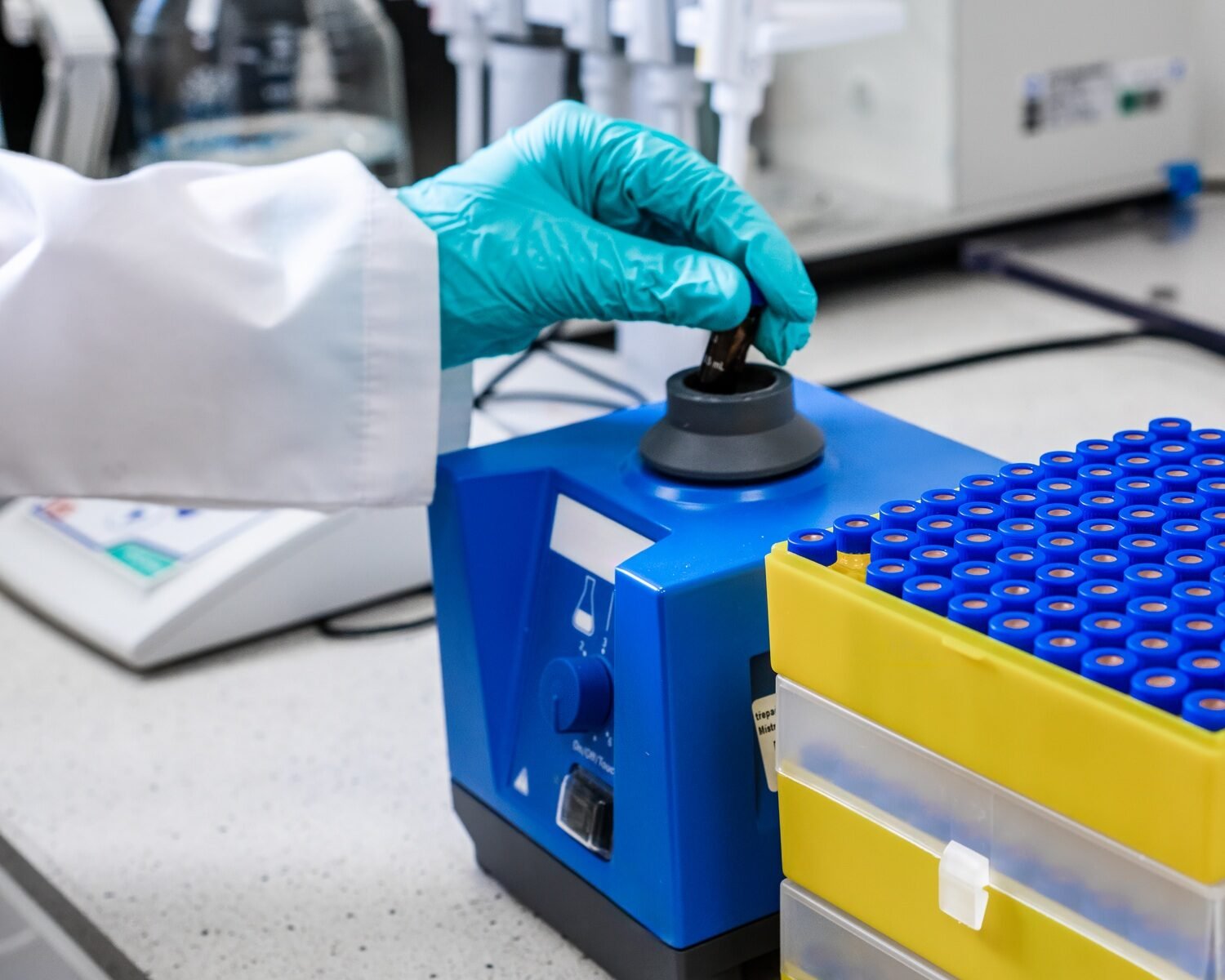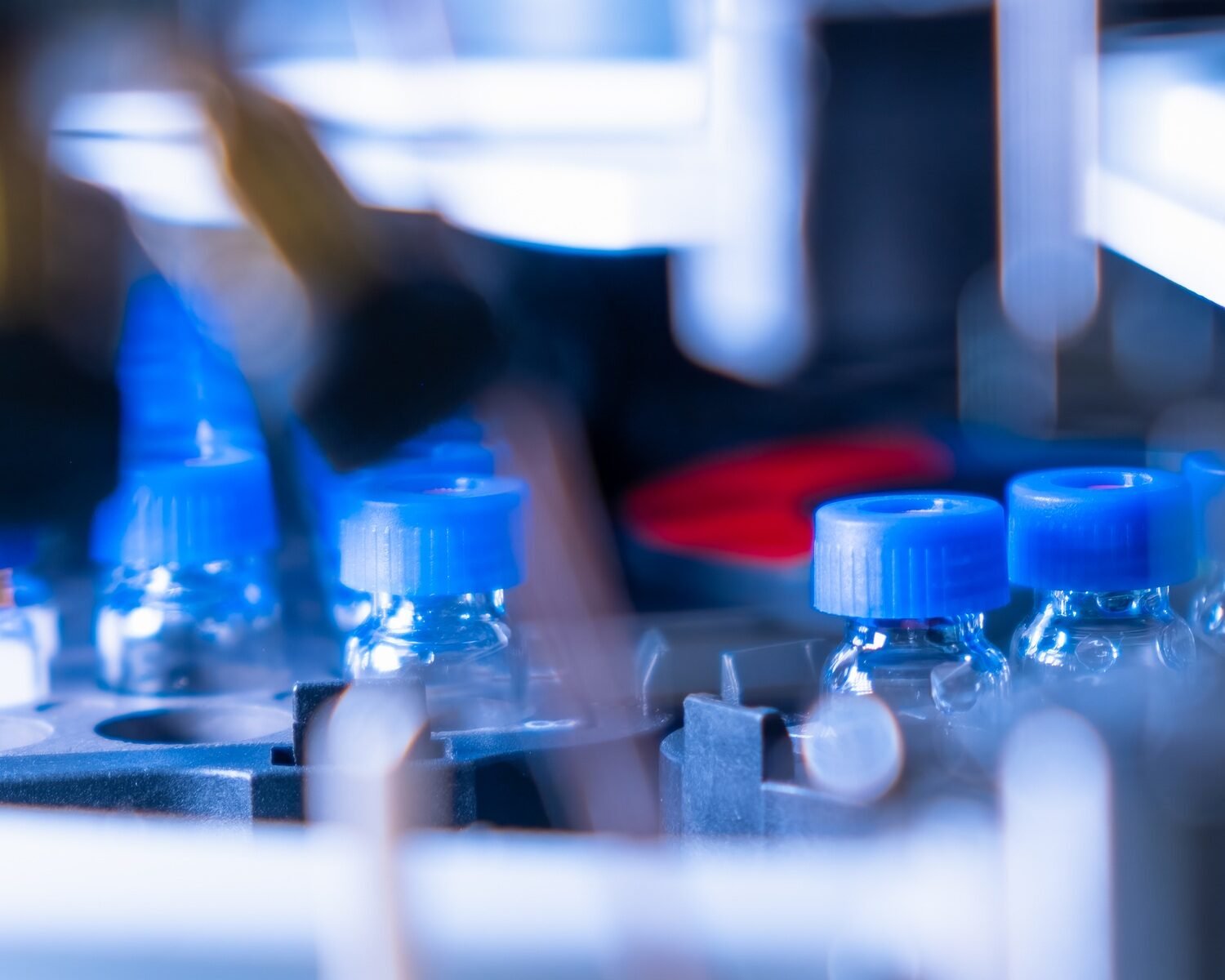Are you struggling to decide between solid caps and open-top caps for your HPLC vials? You’re not alone! Choosing the right cap can significantly impact your chromatography results. Let’s explore the differences and determine which one suits your needs best.

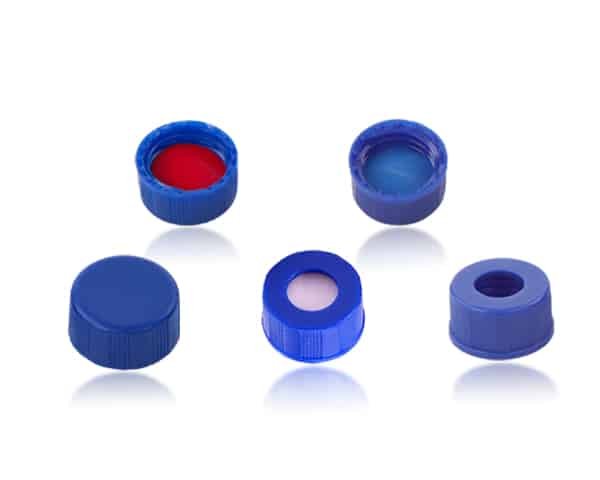
Introduction
Answer Section
Solid caps offer better sealing, while open-top caps allow easier access. Your choice depends on the specific requirements of your HPLC analysis.
Detailed Content Section
HPLC Vials: A Crucial Component
When it comes to High-Performance Liquid Chromatography (HPLC), the vials you use play a critical role in ensuring accurate results. Not only do they hold your samples, but the type of cap you choose can also affect the integrity of your analysis. This might sound a bit overwhelming, but don’t worry – I’m here to break it down for you.
What Are Solid Caps?
Definition and Features
Solid caps, as the name suggests, are fully sealed caps that cover the vial completely. They are designed to provide a tight seal, preventing any evaporation or contamination of the sample. Solid caps are particularly useful when you need to store your samples for an extended period.
Benefits of Solid Caps
- Enhanced Sealing: Solid caps provide an airtight seal, ensuring that your sample remains uncontaminated and stable over time. This is crucial for analyses requiring high precision and accuracy.
- Prevention of Evaporation: By providing a strong barrier, solid caps minimize the risk of sample evaporation, which can alter the concentration of your analytes.
- Ideal for Long-Term Storage: If your samples need to be stored for days, weeks, or even months, solid caps are your best bet. They protect against environmental factors that might degrade the sample.
Potential Drawbacks
However, solid caps aren’t without their drawbacks. They can be more challenging to remove and may require specific tools, which can be a hassle during frequent sample testing.
What Are Open-Top Caps?
Definition and Features
Open-top caps, on the other hand, have a central hole covered by a septum. This design allows for easy access to the sample with a syringe or needle without having to remove the cap entirely. Open-top caps are popular in applications where frequent sampling is required.
Benefits of Open-Top Caps
- Ease of Access: Open-top caps make it easy to access the sample multiple times without compromising the seal. This is especially beneficial for routine analyses where samples are frequently injected into the HPLC system.
- Reduced Risk of Contamination: Since you don’t need to remove the entire cap, the risk of introducing contaminants into the vial is reduced.
- Convenient for Automation: These caps are often used in automated systems where robotic arms can pierce the septum, making the process seamless and efficient.
Potential Drawbacks
Despite their convenience, open-top caps may not provide the same level of protection against evaporation as solid caps. They are also not ideal for long-term storage due to potential degradation of the septum over time.
Choosing the Right Cap for Your Needs
Factors to Consider
When deciding between solid caps and open-top caps, consider the following factors:
- Sample Stability: How long do you need to store your samples? If long-term stability is crucial, solid caps might be the better choice.
- Frequency of Access: Will you need to access the sample frequently? If so, open-top caps could save you a lot of time and hassle.
- Automation Requirements: Are you using an automated system? Open-top caps are typically more compatible with automated HPLC systems.
- Environmental Conditions: Consider the conditions in which your samples will be stored. High humidity or temperature fluctuations might necessitate the airtight seal provided by solid caps.
Real-World Applications
Case Study: Pharmaceutical Industry
In the pharmaceutical industry, maintaining the integrity of samples is paramount. Solid caps are often preferred due to their superior sealing properties, which help ensure that samples remain uncontaminated over long periods.
Case Study: Environmental Testing
For environmental testing, where samples might need to be accessed multiple times for different analyses, open-top caps are more practical. The ease of access they provide can significantly streamline the workflow.
Expert Opinions and Recommendations
Industry Insights
Experts in chromatography often recommend a mix of both types of caps, depending on the specific application. For instance, Dr. Jane Smith from the National Chromatography Institute suggests, “In routine lab environments where speed and efficiency are critical, open-top caps are invaluable. However, for high-stakes analyses where sample integrity is non-negotiable, solid caps are the way to go.”
What is Septa?
Definition and Basic Function
Septa are typically made from rubber or a similar elastomeric material. They are designed to provide a seal that can be punctured by a syringe or an autosampler needle and then reseal after the puncture. This self-sealing ability is crucial for maintaining the integrity of the sample and preventing leaks or contamination.
Importance of Septa in Chromatography
Preventing Contamination
One of the primary roles of septa is to prevent contamination of the sample. Contaminants can significantly affect the accuracy of chromatographic results. Septa ensure that the sample remains pure from the moment it is prepared until the analysis is completed.
Maintaining Sample Integrity
Septa help maintain the sample’s integrity by providing an airtight seal. This is particularly important for volatile samples that could evaporate or degrade if exposed to air.

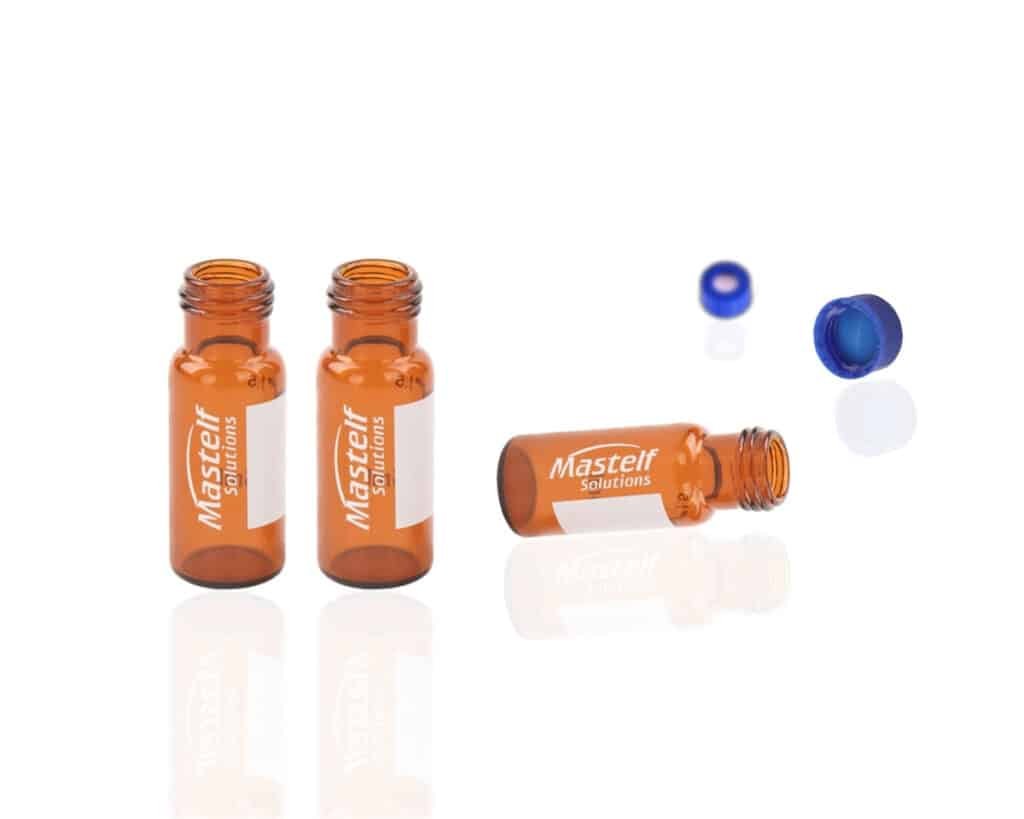
Types of Septa and Their Applications
PTFE/Silicone Septa
PTFE (Polytetrafluoroethylene) coated silicone septa are widely used in chromatography. The PTFE layer provides chemical resistance, while the silicone core offers resealability. This combination is ideal for samples that require a high level of purity and chemical inertness.
Butyl Rubber Septa
Butyl rubber septa are another common type used in chromatography. They are known for their excellent resealability and are suitable for a range of applications, including those involving volatile organic compounds (VOCs).
Choosing the Right Septa for HPLC Vials


Compatibility with Solvents
When selecting septa for HPLC vials, it’s essential to consider their compatibility with the solvents used in the analysis. PTFE/silicone septa, for example, are suitable for most organic solvents, while butyl rubber septa may be used with aqueous samples.
Temperature Resistance
The temperature resistance of septa is another critical factor. High-temperature analyses require septa that can withstand the elevated temperatures without degrading or releasing contaminants into the sample.
Best Practices for Using Septa in Chromatography
Proper Handling and Storage
To ensure the longevity and effectiveness of septa, it’s important to handle and store them properly. Keep septa in a clean, dry environment and avoid touching them with bare hands to prevent contamination.
Regular Inspection and Replacement
Regular inspection of septa for signs of wear or damage is essential. Even minor punctures or tears can compromise the sample’s integrity. Replace septa regularly to maintain the accuracy and reliability of chromatographic results.
Conclusion
In conclusion, the choice between solid caps and open-top caps for HPLC vials boils down to your specific needs. Do you need airtight sealing and long-term storage? Go for solid caps. If frequent access and convenience are your priorities, open-top caps are your best bet. Always consider the nature of your samples and the requirements of your analyses.
What kind of HPLC vials do you currently use? Have you faced any challenges with them? I’d love to hear your thoughts and experiences!
If you’re on the lookout for high-quality HPLC vials at sensible pricing, consider Mastelf. With over 13 years of experience in chromatography vials, we can help you find the exact vials you need for your applications.
Our expertise ensures that you get reliable and precise products tailored to your specific requirements. Whether you’re in pharmaceuticals, research, or any other industry relying on HPLC, we understand your needs and are here to support you in making the right purchase.
Reach out to Mastelf, and let us assist you in procuring the perfect vials for your work.
Sources
- Chromatography Today – chromatographytoday.com
- National Chromatography Institute – chromatographyinstitute.org




